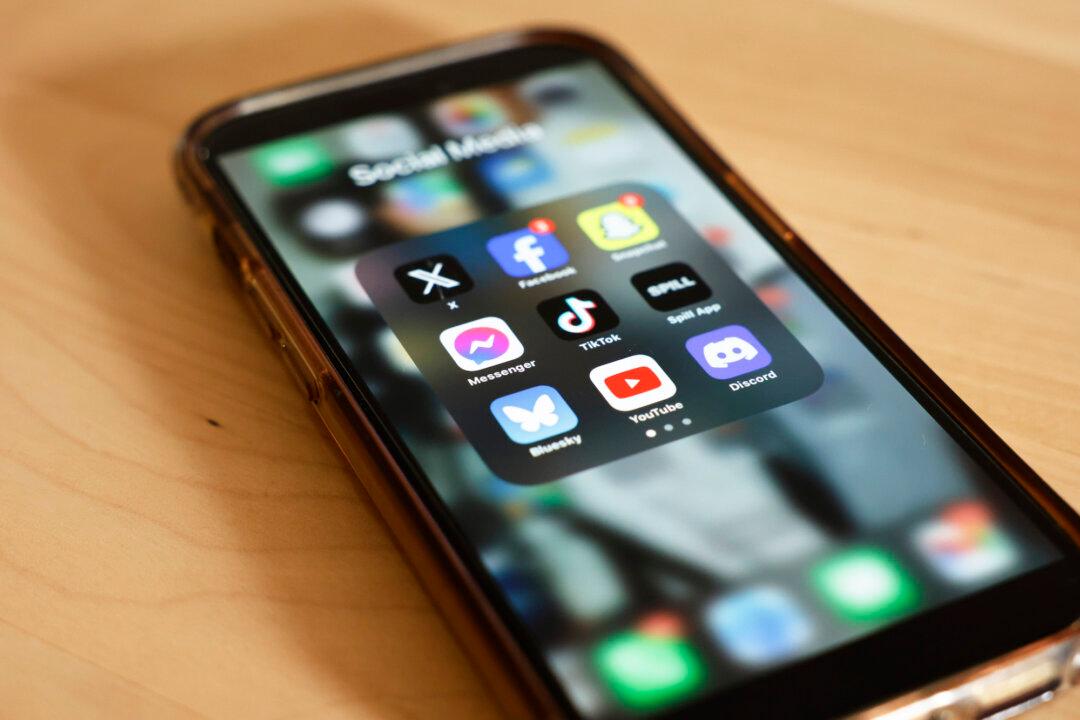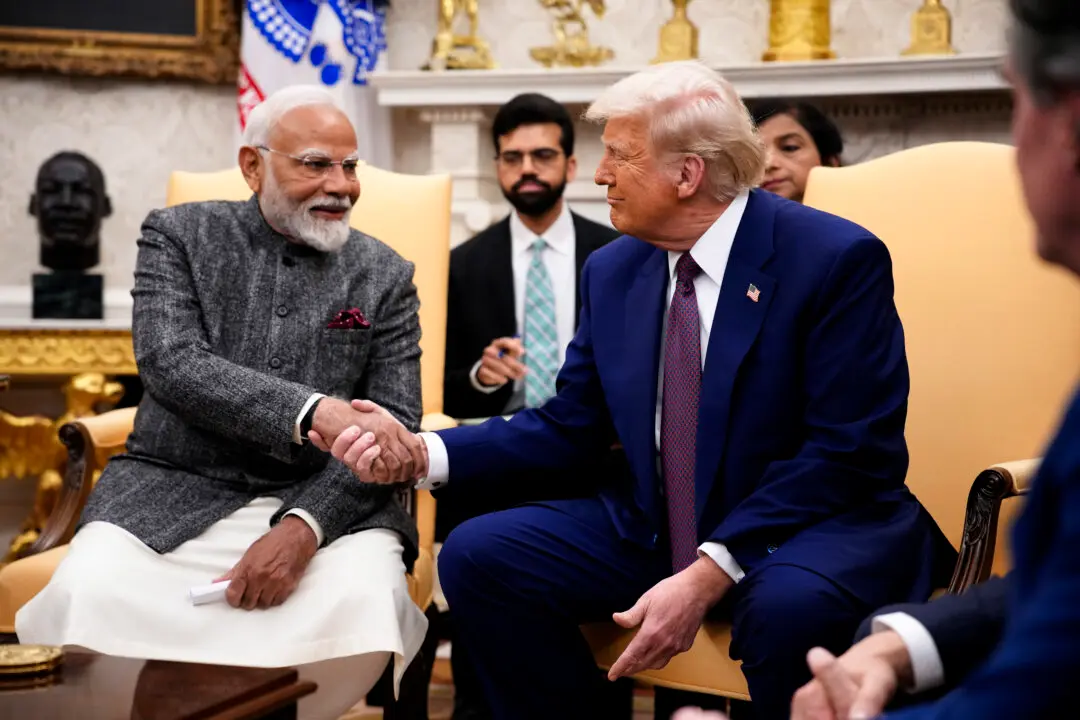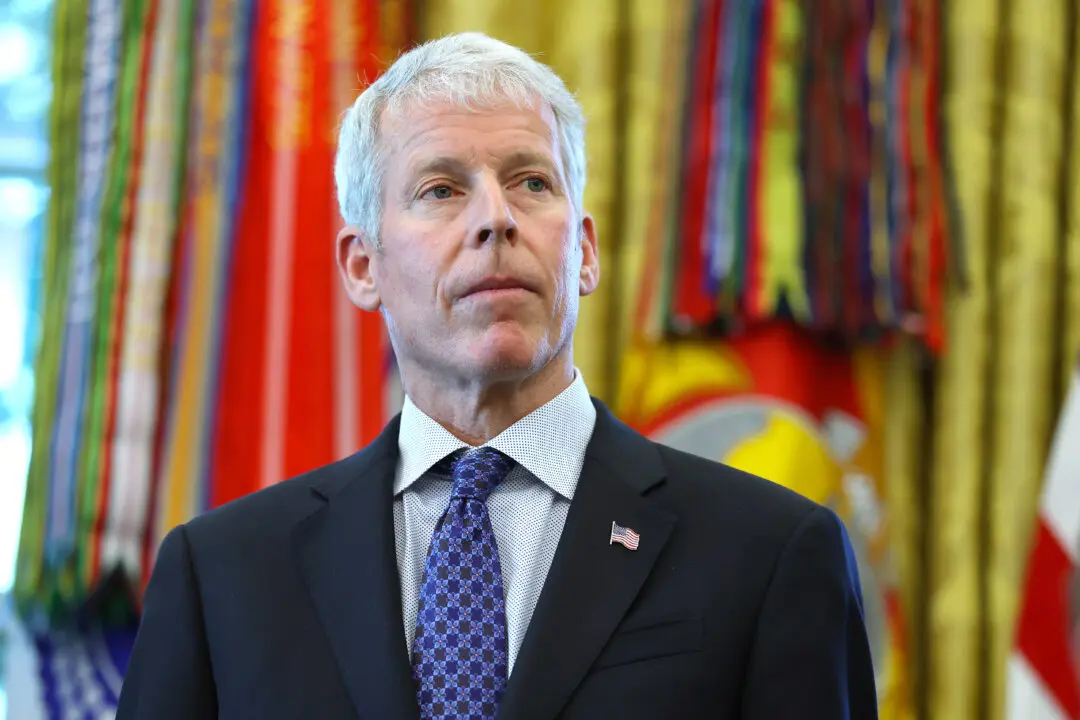Public schools across Virginia are a step closer to becoming cellphone-free after the state’s education department released new guidance for them to follow.
The draft guidance, published Aug. 15, mandates that cellphones be turned off and stashed away from the first school bell until the bell rings for dismissal, including lunchtime and breaks between class periods.





